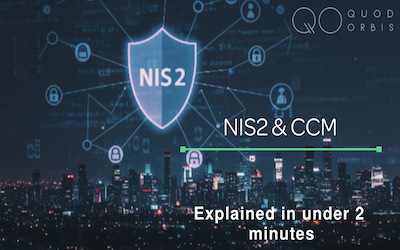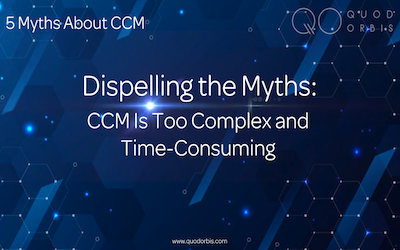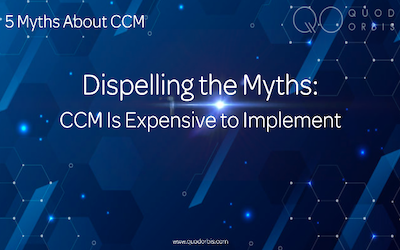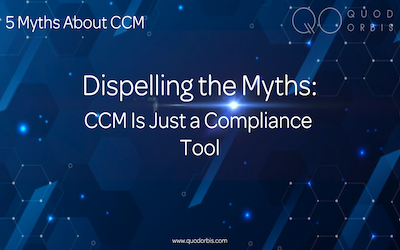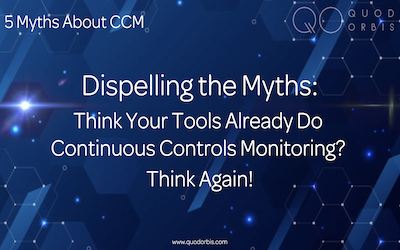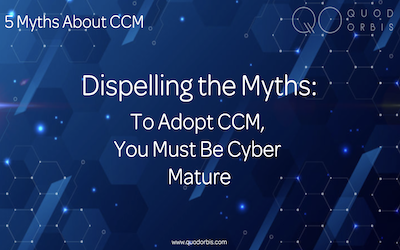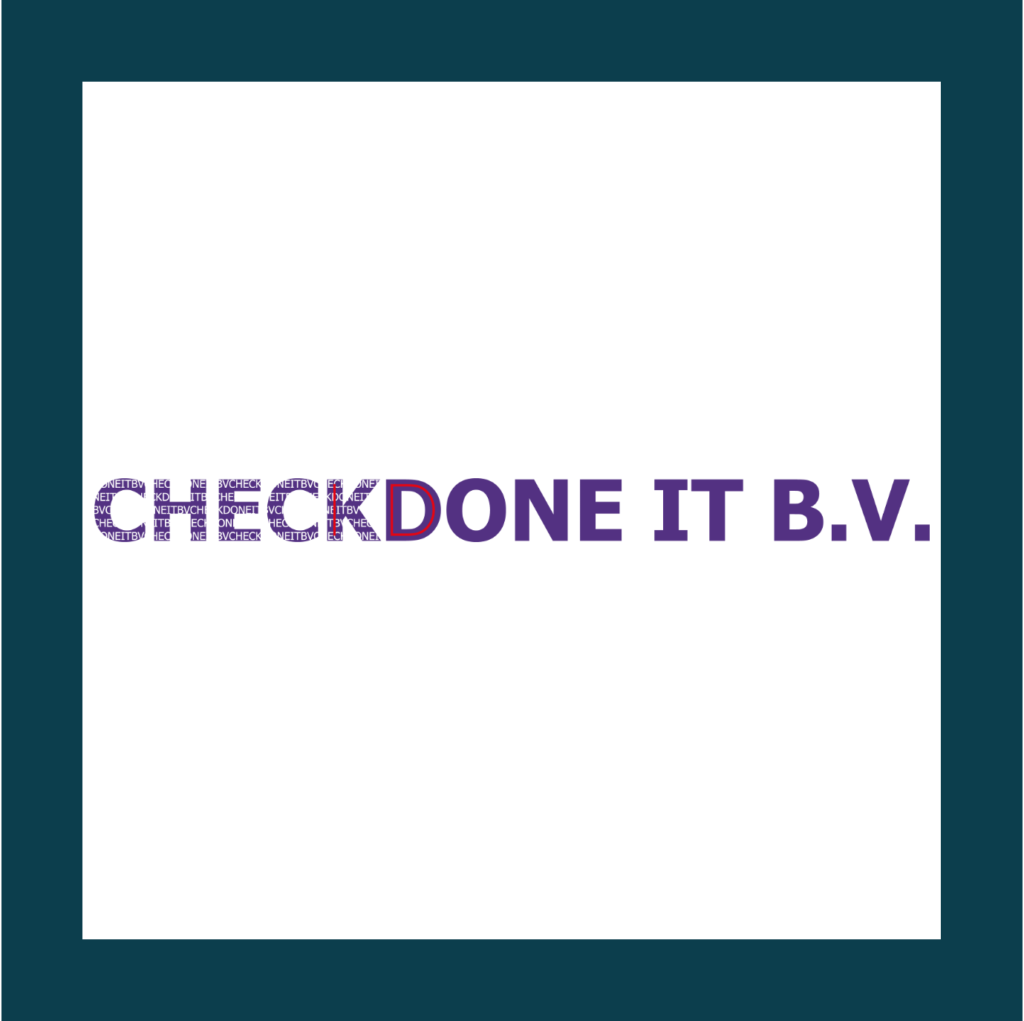Access the full 5 Myths Ebook here.
Some believe that CCM requires a complete infrastructure overhaul, while others worry that it will divert cyber security teams from mission-critical tasks. The assumption that CCM needs heavy customisation and consultant-driven deployments further discourages adoption, making it seem out of reach for lean security teams.
Where the myth comes from The misconception about CCM’s complexity likely stems from its ambitious scope. CCM integrates data from diverse systems, Continuously monitors compliance against frameworks, Delivers actionable insights in real-time.
At first glance, this can seem daunting—especially to organisations already stretched thin with resource-intensive cyber security tasks. There’s also a lingering perception that implementing CCM requires wholesale infrastructure changes or lengthy, consultant heavy projects. In truth, many of today’s CCM solutions are designed to integrate seamlessly into existing environments, offering a low-friction path to adoption.
The Simplicity of CCM solutions
The Simplicity of CCM solutions Thanks to innovations in cloud computing, APIs, and machine learning, implementing CCM is no longer the monumental task it’s imagined to be.
1. Plug-and-Play Integrations Modern
CCM platforms come with pre-built integrations for commonly used tools—think Microsoft 365, AWS, and ServiceNow. These integrations make it easy to connect your existing systems without extensive customisation.
2. Cloud-Native Architectures
Gone are the days of on-premises infrastructure overhauls. Cloud-native CCM solutions can be deployed quickly and scale with your organisation, minimising upfront costs and implementation timelines.
3. Disparate Environments
If you have a mixture of cloud and on-premise, CCM’s should be able to connect to all environments and pull the information into one cohesive view.
4. User-Friendly Interfaces
Intuitive dashboards and straightforward workflows eliminate the need for specialized expertise. Teams can quickly learn how to configure, monitor, and act on CCM insights.
5. Automated Processes
One of CCM’s core strengths is automation. Rather than relying on manual, error-prone processes, CCM automatically collects data, evaluates control performance, and generates reports. This reduces administrative overhead and speeds up adoption.
CCM Evolves as Your Organisation Does
For many organisations, the fear of disruption is a significant deterrent. Teams worry that implementing CCM will pull resources away from critical projects. However, the right approach can ensure a smooth transition:
Pilot Programs
Start small by focusing on a high-impact use case or a specific compliance framework. Demonstrating quick wins builds momentum and confidence for broader rollouts.
Incremental Rollouts
Rather than trying to do everything at once, organisations can adopt CCM in phases. This approach allows for continuous learning and refinement without overwhelming your resources.
The Value of a Service Wrap:
Saving Time and Costs One of the biggest misconceptions about Continuous Controls Monitoring is that implementing it requires a significant internal effort in terms of time, money, and resources. However, working with a vendor that provides a comprehensive service wrap can significantly alleviate these challenges.
By leveraging expert onboarding support, organisations can bypass the steep learning curve and get up and running faster than they would with an in-house approach. A service wrap eliminates the need to allocate extensive internal resources to deployment and maintenance, freeing up valuable time for security teams to focus on strategic initiatives.
The result? Faster time to value, Reduced operational overheads,
Ultimately, the right vendor partnership transforms CCM implementation from a complex endeavour into a streamlined process that delivers immediate and ongoing benefits.
The ROI of Quick Implementation
Organisations that embrace CCM often find that its implementation pays off faster than expected. By automating compliance checks and improving control visibility, CCM reduces audit preparation time, identifies vulnerabilities earlier, and streamlines reporting processes. The time and effort saved far outweigh the initial investment. For example, consider an organisation grappling with manual compliance checks across multiple frameworks like ISO 27001 and NIST CSF. Transitioning to CCM might initially seem complex, but within weeks, they’re saving hundreds of hours on compliance tasks and gaining real-time insights into their risk posture.
Each compliance team member spends 70–90% of their workweek on repetitive tasks like control testing, evidence gathering, and audit prep. This is an annual Commitment: 1,500–2,000+ hours per person. Average person works a 37.6 hr week: 2000/37.5 = 53 weeks which means they are spending more weeks than in a year to complete this.
Overcoming the Myth To dispel the myth of complexity and time intensity, organisations should:
Evaluate Vendors Carefully: Choose a CCM solution tailored to your needs, with proven ease of implementation and robust support.
Leverage Existing Tools: Modern CCM platforms excel at working with what you already have, eliminating the need for costly overhauls. The platform connects to your entire ecosystem.
Embrace Automation: The beauty of CCM is in its ability to automate repetitive tasks. Trust the technology to lighten the load for your team.
Celebrate Milestones Track and celebrate the efficiency gains from your CCM deployment to keep stakeholders engaged and supportive.
The Bottom Line
CCM need not be the formidable challenge it is often portrayed as. With the right tools, expert support, and a strategic approach, organisations can seamlessly implement CCM, unlocking powerful capabilities that enhance security, ensure compliance, and strengthen operational resilience.
To find out more about Continuous Controls Monitoring, click here.

